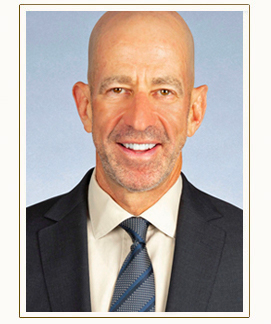Our guest blogger this week is David C. Leven, JD, Executive Director, Compassion & Choices of New York
Palliative care can help improve your quality of life. You should know what palliative care is and how two New York State laws effective in 2011can help you learn about your palliative care options and receive timely palliative care. The Palliative Care Information Act (PCIA), Public Health Law Section 2997-c,and the Palliative Care Access Act (PCAA), Public Health Law Section 2997-d, define palliative care as “health Care treatment, including interdisciplinary end-of-life care, and consultation with patients and family members, to prevent or relieve pain and suffering and to enhance the patient’s quality of life, including hospice care.” The care provided can address not only pain and other symptoms but depression, anxiety, psycho-social and spiritual issues as well.
Palliative Care Access Act (PCAA)
The PCAA requires that hospitals, nursing homes, home care agencies and enhanced and special needs assisted living residences establish policies and procedure to provide patients with advanced, life limiting conditions and illnesses who might benefit from palliative care, with information and counseling regarding such options appropriate to the patient.. It also requires that they facilitate access to appropriate palliative care and pain management consultations and services including but not limited to referrals consistent with patient needs and preferences.
Palliative Care Information Act (PCIA)
Terminally ill patients now have a clearly defined right to receive information and counseling about their palliative care and end-of-life options, including hospice. This will enable them to make informed treatment decisions during the final months of their lives. The law states, in part:
“If a patient is diagnosed with a terminal illness or condition, the patient’s attending health care practitioner shall offer to provide the patient with information and counseling regarding palliative care and end-of-life options appropriate to the patient, including but not limited to: the range of options appropriate to the patient; the prognosis, risks and benefits of the various options; and the patient’s legal rights to comprehensive pain and symptom management at the end of life; and information regarding other appropriate treatment options should the patient wish to initiate or continue treatment.”
The information and counseling under both laws should be provided to those lawfully authorized to make decisions for patients who lack capacity to make medical decisions, such as a health care agent.
What You Can Do to Get Palliative Care and the Benefits Required Under the Laws
If you are a patient and believe that you may qualify for the benefits of either law or both laws or if you are a health care agent or surrogate for a patient who you believe has or may have a terminal or advanced life limiting illness or condition, then you might consider discussing this with the appropriate health care practitioner. If you are a health care professional and you believe that a patient of yours has not yet benefitted by the requirements of the PCIA and/or PCAA, then you might consider discussing this with the appropriate health care practitioner responsible for compliance with the applicable law (s) after conferring with the patient.
Resource: The New York State Department of Health website, questions and answers and guidance.
Learn more about Palliative Care and the Palliative Care Laws in New York, by visiting Compassion and Choices.
Learn more about our elder law services by clicking here, www.elderlawnewyork.com.




